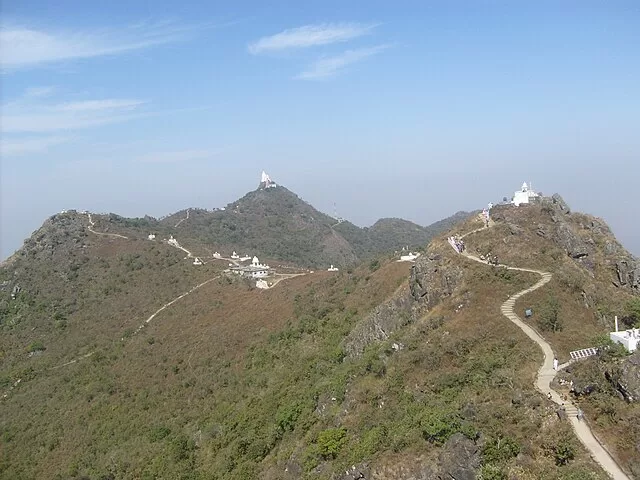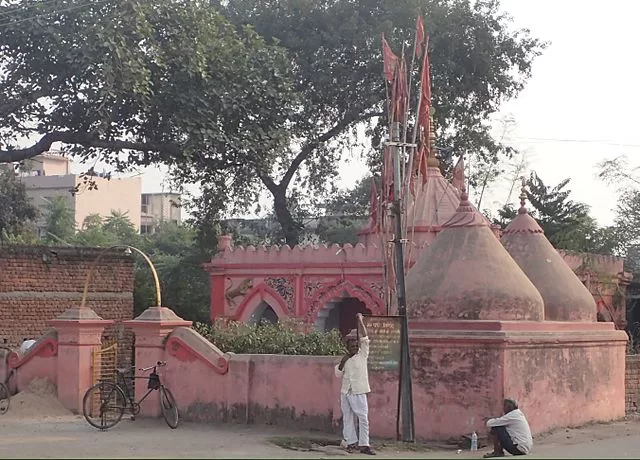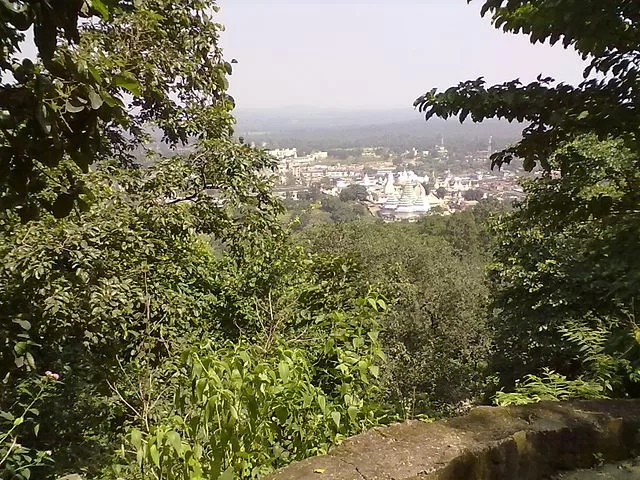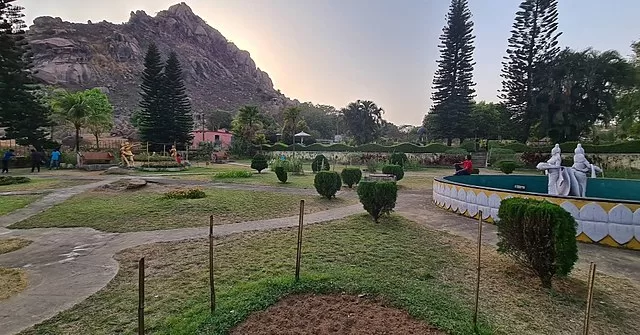Giridih, a picturesque district located in the Indian state of Jharkhand, boasts a diverse climate that significantly influences the lives of its residents and visitors. This article delves into the details of Giridih’s weather patterns, helping you gain a deeper understanding of its seasonal changes and the impact they have on various aspects of life.

Exploring Giridih’s Geography
Before we dive into the weather, let’s take a moment to understand the geographical features that contribute to Giridih’s climate. Situated amidst the Chota Nagpur Plateau, Giridih enjoys a unique topography that plays a crucial role in determining its weather patterns.
Seasonal Patterns in Giridih
Summer

The summer season in Giridih, which typically spans from March to June, is characterized by scorching temperatures. During this time, temperatures can soar to as high as 40°C (104°F). The dry and hot weather makes it essential for residents and tourists to stay well-hydrated and protected from the sun.
Monsoon
The monsoon season, from July to September, brings much-needed relief from the sweltering heat. Giridih receives a significant amount of rainfall during these months, rejuvenating the land and filling up reservoirs. The lush greenery that emerges during this season adds to the district’s natural beauty.
Autumn

Autumn, which follows the monsoon, is a pleasant time to visit Giridih. The weather becomes more moderate, and the landscape remains vibrant and fresh. It’s an ideal time for outdoor activities and exploration.
Winter
Winters in Giridih, from November to February, are characterized by cooler temperatures. While daytime temperatures are comfortable, the nights can get quite chilly, with temperatures dropping to around 10°C (50°F). It’s advisable to carry warm clothing if you plan to visit during this season.

Temperature Extremes
Hottest Months
The hottest months in Giridih are May and June, when temperatures can be relentless. It’s crucial to take precautions to avoid heat-related illnesses during this period.
Coldest Months
December and January are the coldest months, with temperatures dropping to their lowest. Travelers should be prepared for the cold if visiting during this time.
Impact of Weather on Agriculture
The climate significantly affects agriculture in Giridih. Monsoon rains are vital for the cultivation of crops, and the district heavily relies on them for a successful harvest. Any variations in the monsoon can have far-reaching consequences for the local economy.
Dressing Tips for Different Seasons

To make the most of your visit to Giridih, it’s essential to pack appropriately for the season. Light, breathable clothing is ideal for summers, while winters call for warm layers. Don’t forget your rain gear if you plan to visit during the monsoon season.
Tourist Attractions All Year Round
Giridih offers several attractions that can be enjoyed throughout the year. The Parasnath Hills, Khandoli Park, and Usri Falls are just a few places to explore regardless of the season.
Wildlife in Giridih
The diverse climate and terrain of Giridih provide a habitat for a variety of wildlife. You might spot leopards, elephants, and a wide range of bird species in the region’s national parks and forests.
Climate Change and Its Effects

Like many other places around the world, Giridih is not immune to the effects of climate change. Increasing temperatures and erratic weather patterns are beginning to impact the district’s environment and agriculture.
How to Plan Your Visit
When planning your trip to Giridih, consider the weather and the activities you’d like to engage in. Each season offers a unique experience, so choose the one that aligns with your preferences.
Conclusion
Giridih’s weather is as diverse as its landscape, offering a unique experience in every season. From the scorching summers to the rejuvenating monsoons and the crisp winters, there’s something for everyone to enjoy. So, pack your bags, prepare for the weather, and embark on an unforgettable journey through Giridih’s natural beauty.
FAQs
1. What is the best time to visit Giridih?
- The best time to visit Giridih depends on your preferences. Summers are ideal for those who enjoy warm weather, while monsoons bring lush greenery. Winters are perfect for cooler temperatures.
2. Are there any precautions to take during the summer in Giridih?
- Yes, during the summer, it’s crucial to stay hydrated, wear sunscreen, and avoid outdoor activities during the hottest parts of the day.
3. Can I expect to see wildlife in Giridih’s national parks?
- Absolutely! Giridih’s national parks and forests are home to a variety of wildlife, including leopards, elephants, and numerous bird species.
4. How does climate change affect Giridih?
- Climate change is beginning to impact Giridih through rising temperatures and erratic weather patterns, which can affect agriculture and the environment.
5. What should I pack for my trip to Giridih?
- Depending on the season of your visit, pack appropriate clothing. Light and breathable clothing for summers, warm layers for winters, and rain gear for the monsoon season are essential.

